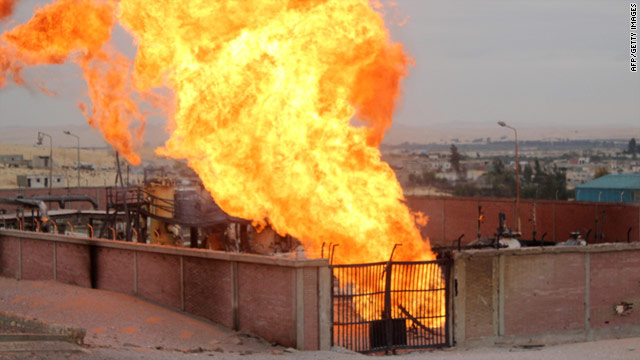Most of us watch a lot of sports but how much do we really get out of them? During a match of any kind, there are times during which players are actually playing and other periods when they are doing nothing at all.
So exactly how much genuine action is there in an average sports game?
Much depends on the sport itself. Let’s take soccer. The game lasts 90 minutes and the ref will tack on a few minutes on either half. FIFA says there should be around 60 minutes of play when the ball is live but we believe it’s closer to 50 minutes. Using a stopwatch and basic arithmetic, if you take away all the stoppages – injuries, substitutions, goal celebrations, outs, players’ complaints, replays (even while the game is in progress), TV cameras prowling the stands for pretty faces (even while the game is in progress) — a match is drastically pared down to not much more than its half.
In baseball, there’s no set time; it’s however long it takes to play nine innings and that depends on how quickly the pitchers work and how many people get on base. Usually, though, a game takes a little less than three hours. But real baseball time gets you around 14 minutes. To put that in context, that’s about 10.9 percent of the total broadcast time (excluding commercials). It’s a fraction of the roughly 88 minutes the players were shown standing around between plays, nearly 45 percent more than the 10 minutes of replays that are shown and almost four times as much as the cameras show players lounging in the dugout.
If you think 14 minutes of action in baseball is bad, it’s about three minutes more action than one might see in an American football game.
The Wall Street Journal once analyzed the actual amount of play time of the average NFL football game which has four quarters of 15 minutes each for 60 minutes. It added up the amount of time the ball was actually alive and in play in four different games, and it averaged out to about 11 minutes. It concluded that the average game broadcast on TV shows 17 minutes of replays and 67 minutes of players standing around.
While football has 67 minutes of standing-around time — about 21 minutes less than baseball — baseball broadcasts shows managers about one-half the amount of time that football broadcasts show head coaches, one-sixth the amount of shots showing officials and only half the time that football telecasts devoted to replays.
As for why a televised football game takes three-four hours to watch, you’d have to ask the advertisers. Commercials account for nearly 60 minutes of the entire affair. And when the networks are showing the game, the bulk of the time is spent either on replays or shots of players huddling, in pre-snap formations or "milling about."
That makes for an action-to-downtime ratio of a startling 10 to 1. When watching the NFL, you may have more time to go to the refrigerator or the bathroom than you think.
Women’s tennis can last up to three hours if they’re playing three sets — however the average is about two hours — and for men it can go up to five hours when playing five sets, but the average is about 3 and 1/2 hours.
How long in terms of time does it take to hit a serve and then play back a return? Three seconds? So, if players get 25 seconds between points, and points on average are three seconds long, and there’s a two-minute break when changing ends, then they’re playing tennis about 12% of the time. 88% of the time is spent between points, not playing points.
That’s why sports highlights in news shows were made: To give you the beef and throw away the lard. That’s why those condensed soccer mini-matches of 20 minutes can be so appealing. They cut away the fat and keep the meat. That’s why a lot of people don’t mind missing a game if they can see the recaps in post-match post-mortems. That’s why Youtube has become so handy – the goals, the points, the baskets, the homeruns, and the touchdowns give us the bottom line without having read the story in full.
The equivalent would be viewing a Picasso which will have no extra lines or working with a piece of machinery that has no unnecessary parts.
Which is fine but not everything in sports is "Go, go, go". In dramatic contests, the inaction is sometimes as exciting as the action. Some of the best moments are in the build-up as the clock ticks down. Those last few seconds when a team or player is losing, the biggest question of the moment is can he or she or they do it?
Either of our own doing or because of commercials or because the nature of the sport dictates as much, sports has been stripped to the bare essentials. We no longer care to enjoy its entirety but take it in bits and pieces.
If so, if you want absolutely non-stop action, then immerse yourself in Formula One and watch the cars go round and round.






